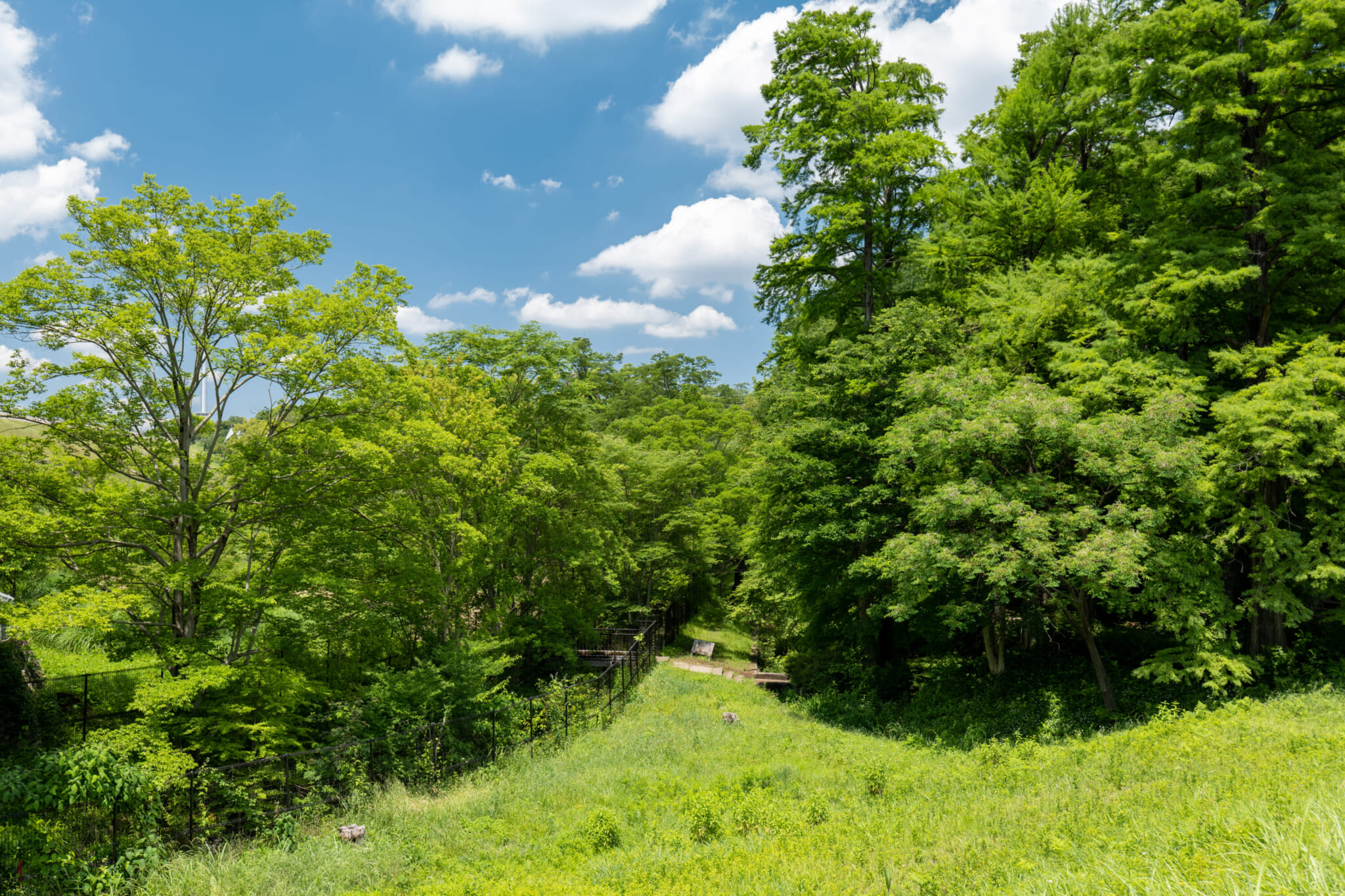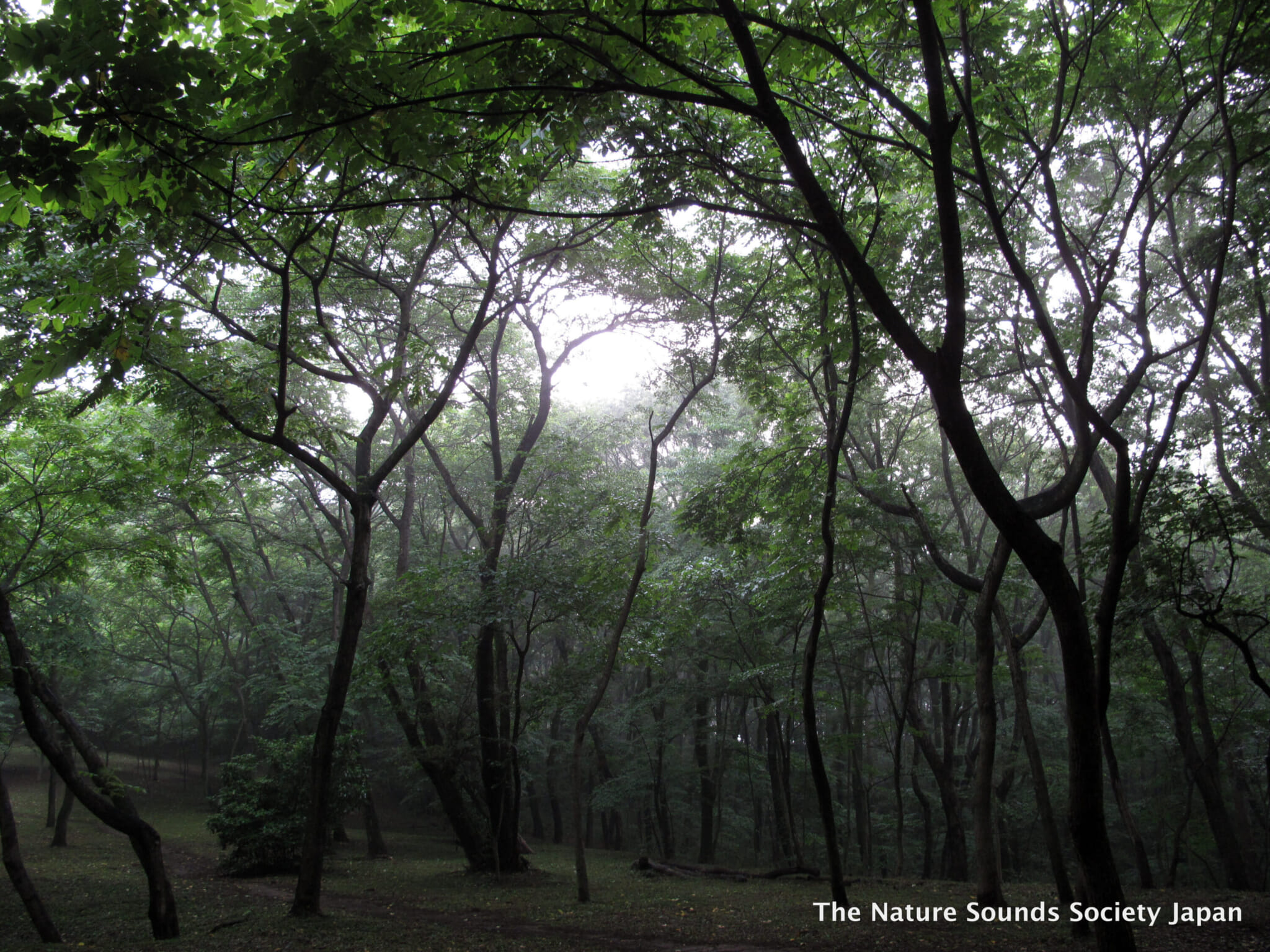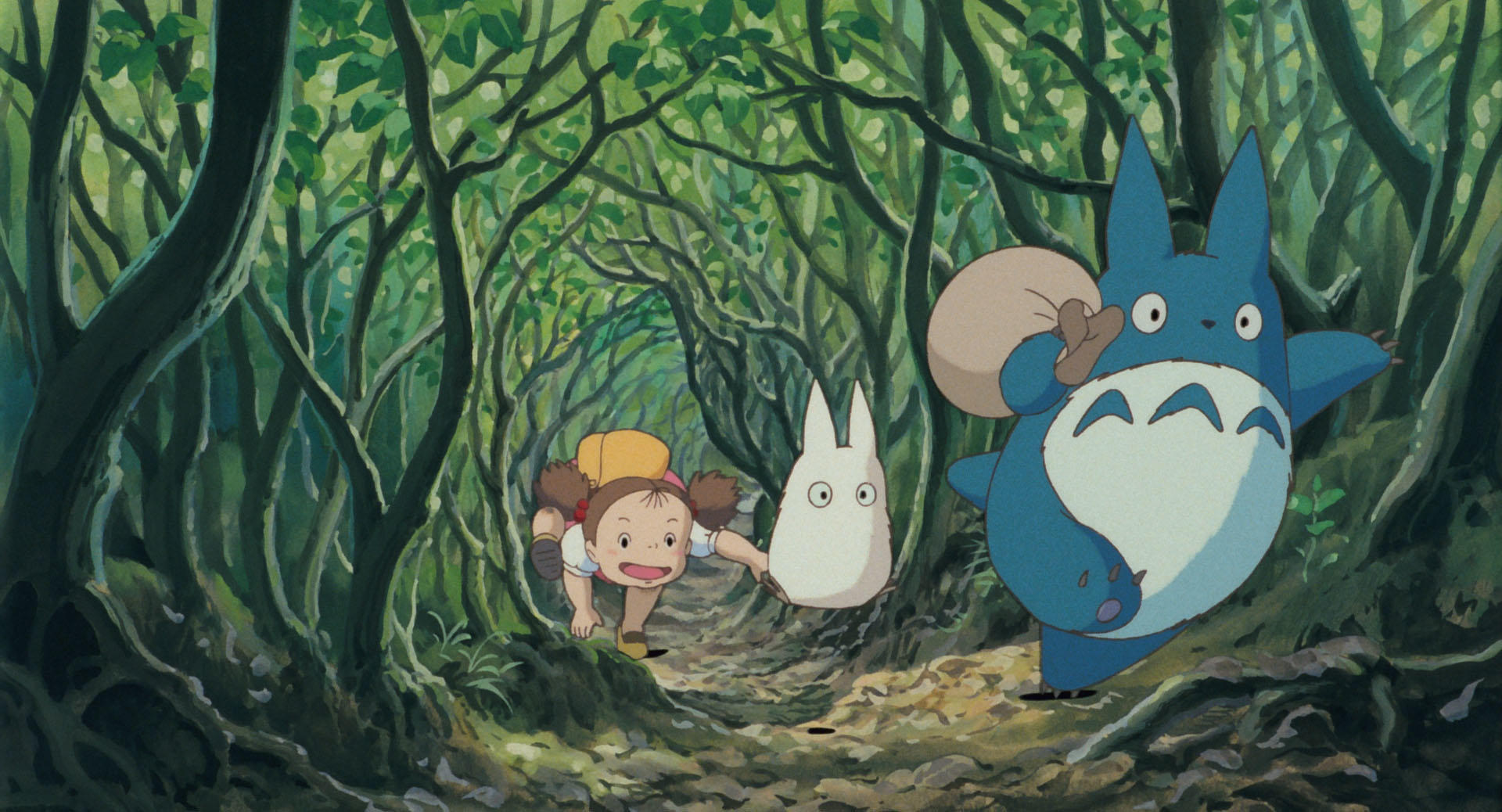Real places that inspired My Neighbor Totoro

For decades, Studio Ghibli’s films have been taking audiences on magical journeys. One of Miyazaki’s most popular films has to be My Neighbor Totorowhose furry eponymous character is the Ghibli mascot. When creating the film, Miyazaki drew a lot of inspiration from Japan’s lush forests and quaint rural charm. In fact, the film is said to be largely based on the real-life city of Tokorozawa in Saitama Prefecture, just 30 minutes by train from central Tokyo. Here are some of the real locations in Tokorozawa that will take you into its bizarre world My Neighbor Totoro.

My Neighbor Totoro Forest
If you’re a big fan of Totoro, you may have heard of Totoro no Mori. Located near Tokorozawa Sayama, Totoro no Mori is only a 30-minute train ride from Ikebukuro Station and is a great place for a day hike. My Neighbor Totoro In fact, it is said that Tokorozawa was taken into consideration when designing it, and this forest is the model of the forest where Mei and Satsuki first met Totoro.
Kurosuke’s House
In the center of Tokorozawa, the Totoro Foundation actually operates a traditional house called Kurosuke’s House, which you can visit with a reservation and a 500 yen admission fee. The house features a giant Totoro statue that makes for a cute photo opportunity, and there are Ghibli merchandise for sale. The house itself is registered as a tangible cultural property, and the funds raised go directly toward preserving the Totoro Forest.
Shirahatazuka
In the movie, the forest where Totoro lives is named “Tsukamori”, and fans speculate that the forest’s name is taken from the ancient battlefield of Tokorozawa, Shirahazuka, which has a similar root to it. Shirahazuka is also known as the Battle of Ote-zashi no Hara, the site of the Battle of Ote-zashi, which ultimately ended the Kamakura shogunate, and is also believed to be haunted.
The tree-lined path at Shirahazuka is somewhat reminiscent of the scene in which Mei chases Totoro, but knowing the history of this real place adds a sense of horror to the already cute scene.


Hachikokuyama Park
In the film, Satsuki and Mei’s mother is hospitalized at Shichikokuyama Hospital, but the area is actually based on the area around Hachikokuyama Park (a play on words, as the only difference between the kanji is changing 八 to 七). Hachikokuyama Park is located on the border of Tokyo and Saitama, and can be identified in the scene where Mei, Satsuki, and their father ride bicycles to visit their mother in hospital. The hospital she is hospitalized in is called Shichikokuyama Hospital in the film, based on the Shin Yamate Hospital next to the park.


Baigan Temple
A 20-minute walk from Hachikokuyama Park is Umeji Temple, which you may recognize from the scene where Ume gets lost on the way to the hospital. Exhausted, she sits next to six statues of Jizo (the guardian deity of children), which also exist in the real-life temple. The entrance to Umeji Temple is flanked by 600-year-old trees, and the temple contains several culturally significant monuments, so Ume’s resting place is worth a visit.
Welfare: Bus Stop
Inaricho Bus Stop
One of the most memorable scenes My Neighbor Totoro This is where Satsuki lends Totoro her dad’s umbrella while they wait for the Cat Bus. This fictional bus stop, Inari-mae, is supposedly named after the Inaricho Bus Stop, also located in Tokorozawa. The real Inaricho Bus Stop looks very different than the one in the movie, with a rice field behind it instead of a forest. Bring an umbrella when you go for a memorable photo.


Oita Prefecture Totoro Bus Stop
There is actually an area called Totoro (齟) in the city of Saiki in Oita Prefecture, and a bus stop with the same name. The small community bus stop is decorated with illustrations of Totoro, Mei, and Satsuki, and has since become a popular tourist attraction. Near the bus stop is a park called Totoro Forest, which features a giant cat bus silhouette and dozens of small stone statues of Totoro left by community members.


 Anal Beads
Anal Beads Anal Vibrators
Anal Vibrators Butt Plugs
Butt Plugs Prostate Massagers
Prostate Massagers
 Alien Dildos
Alien Dildos Realistic Dildos
Realistic Dildos
 Kegel Exercisers & Balls
Kegel Exercisers & Balls Classic Vibrating Eggs
Classic Vibrating Eggs Remote Vibrating Eggs
Remote Vibrating Eggs Vibrating Bullets
Vibrating Bullets
 Bullet Vibrators
Bullet Vibrators Classic Vibrators
Classic Vibrators Clitoral Vibrators
Clitoral Vibrators G-Spot Vibrators
G-Spot Vibrators Massage Wand Vibrators
Massage Wand Vibrators Rabbit Vibrators
Rabbit Vibrators Remote Vibrators
Remote Vibrators
 Pocket Stroker & Pussy Masturbators
Pocket Stroker & Pussy Masturbators Vibrating Masturbators
Vibrating Masturbators
 Cock Rings
Cock Rings Penis Pumps
Penis Pumps
 Wearable Vibrators
Wearable Vibrators Blindfolds, Masks & Gags
Blindfolds, Masks & Gags Bondage Kits
Bondage Kits Bondage Wear & Fetish Clothing
Bondage Wear & Fetish Clothing Restraints & Handcuffs
Restraints & Handcuffs Sex Swings
Sex Swings Ticklers, Paddles & Whips
Ticklers, Paddles & Whips



















